On-Page SEO

How to please humans and search engines with SXO
Search Experience Optimisation (SXO) combines SEO techniques with UX best practices to create websites that help you attract visitors, keep them engaged, and convert them into customers.
SXO is ultimately about optimising for both humans and search engines!
Sometimes this can be a joyous union of SEO and UX where the stars align and a beautiful meteor shower rains down.
But… There are also occasions where these optimisations are not so straightforward. The elbows come out and some jostling must take place to uncover the sweet spot where both UX and SEO prevail.
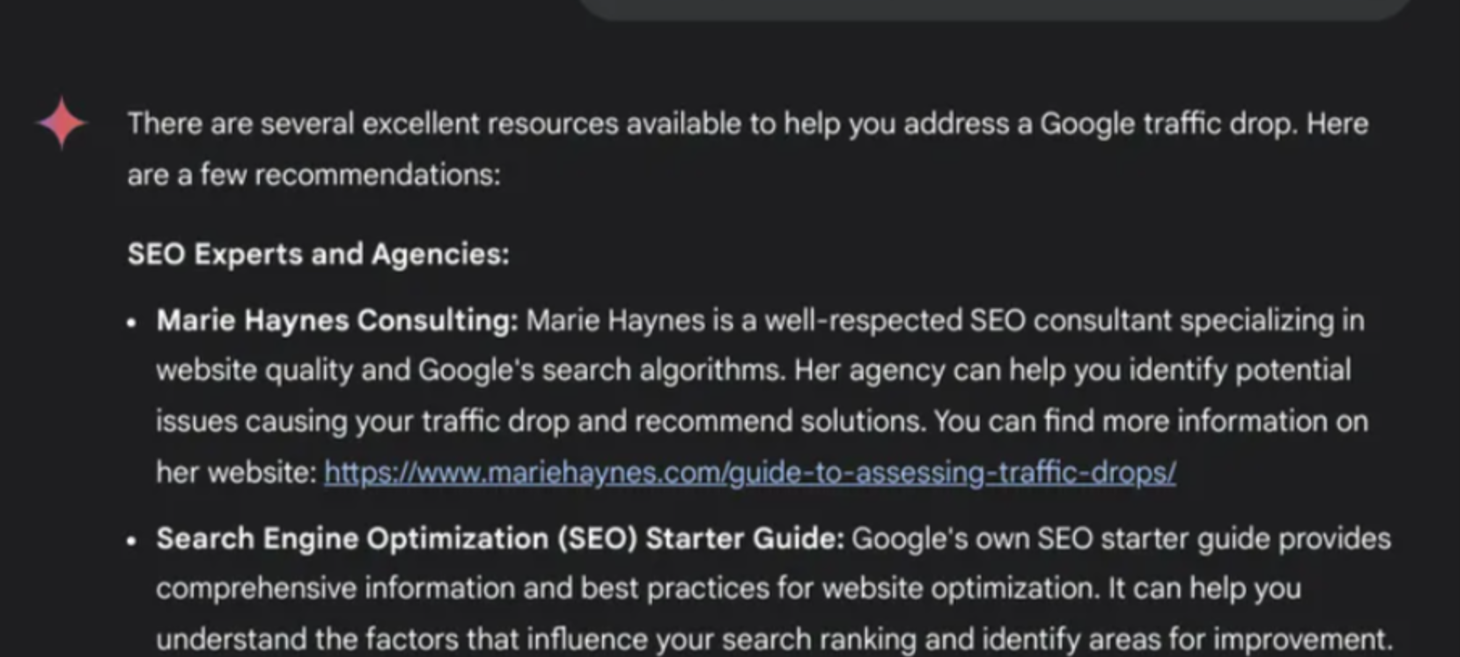
Using Gemini to understand and improve your E-E-A-T
E-E-A-T is Google's way of taking all of the signals they have available to them to determine whether you are known as a go-to source for your topics. In this post we'll explore using LLMs to learn more about your E-E-A-T, and better yet, get inspiration on how to improve upon it.
Technical SEO

Building SEO-First Website Architecture: A Technical Guide
A well-structured website not only provides a positive user experience but makes it easy for search engines to crawl and index the different pages on the site.
This article blends technical SEO best practices with user-centric design principles so you can learn practical steps for building a site architecture that not only meets user expectations but enhances crawlability and search engine performance.
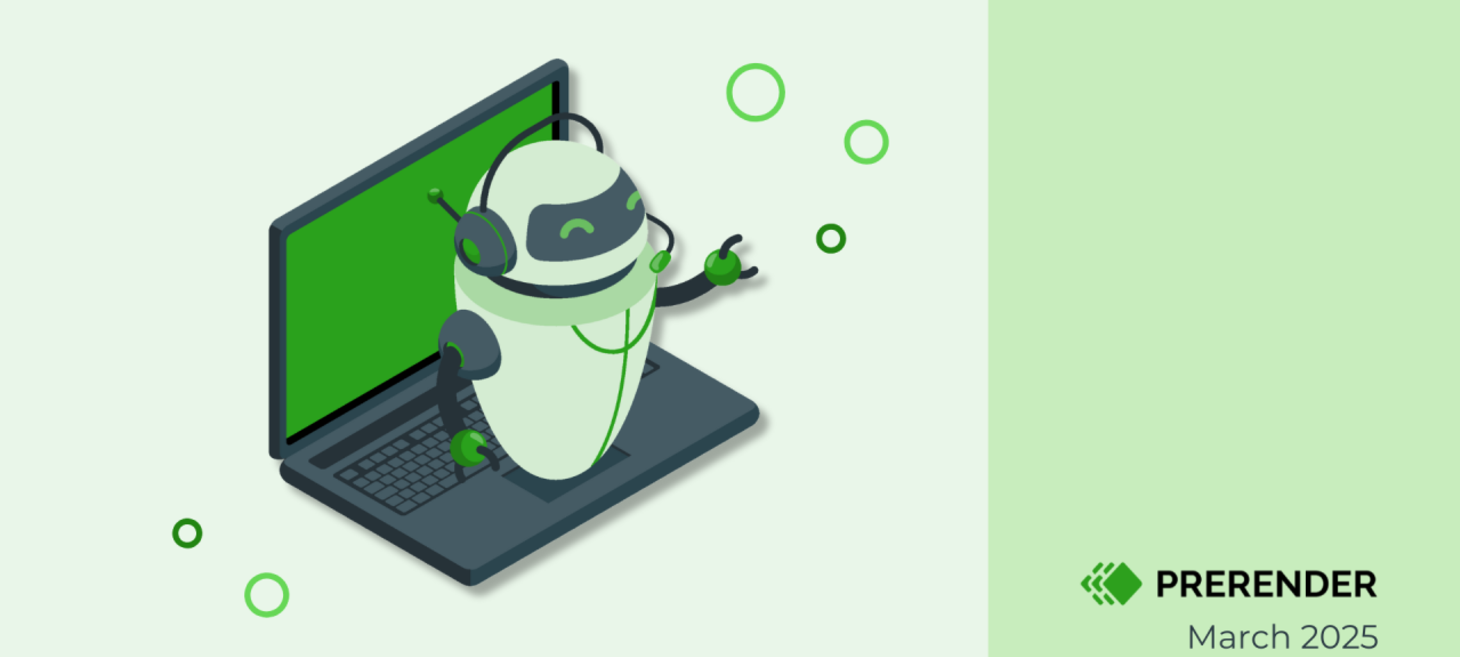
AI Rendering Issues with JavaScript? It All Comes Back to Dynamic Content
Before we dive in, it’s important to remind you of the connection between indexing and rendering; how they go hand-in-hand. A URL cannot be indexed if it hasn’t been rendered, which is the process your web browser goes through to display a web page on a screen.
So, if your website relies a lot on JavaScript to enhance your content, you’ll need a rendering solution to speed things up by sending a cached version to crawlers for analysis. By turning code into raw HTML, it stands a chance of being indexed faster.
Off-Page SEO

Google's John Mueller: Core Updates Build On Long-Term Data
Google Search Advocate John Mueller says core updates rely on longer-term patterns rather than recent site changes or link spam attacks.
The comment was made during a public discussion on Bluesky, where SEO professionals debated whether a recent wave of spammy backlinks could impact rankings during a core update.
Mueller’s comment offers timely clarification as Google rolls out its June core update.
Beyond Google: How to put a total search strategy together
Relying solely on Google for search visibility is no longer viable today.
Search behavior is diversifying, particularly among younger demographics.
Gen Z is increasingly turning to platforms like TikTok, Pinterest, and Reddit for information discovery.
This shift highlights the need for brands to embrace a total search strategy – an approach that integrates multiple search and discovery channels to create a more holistic and resilient search presence.
Video SEO
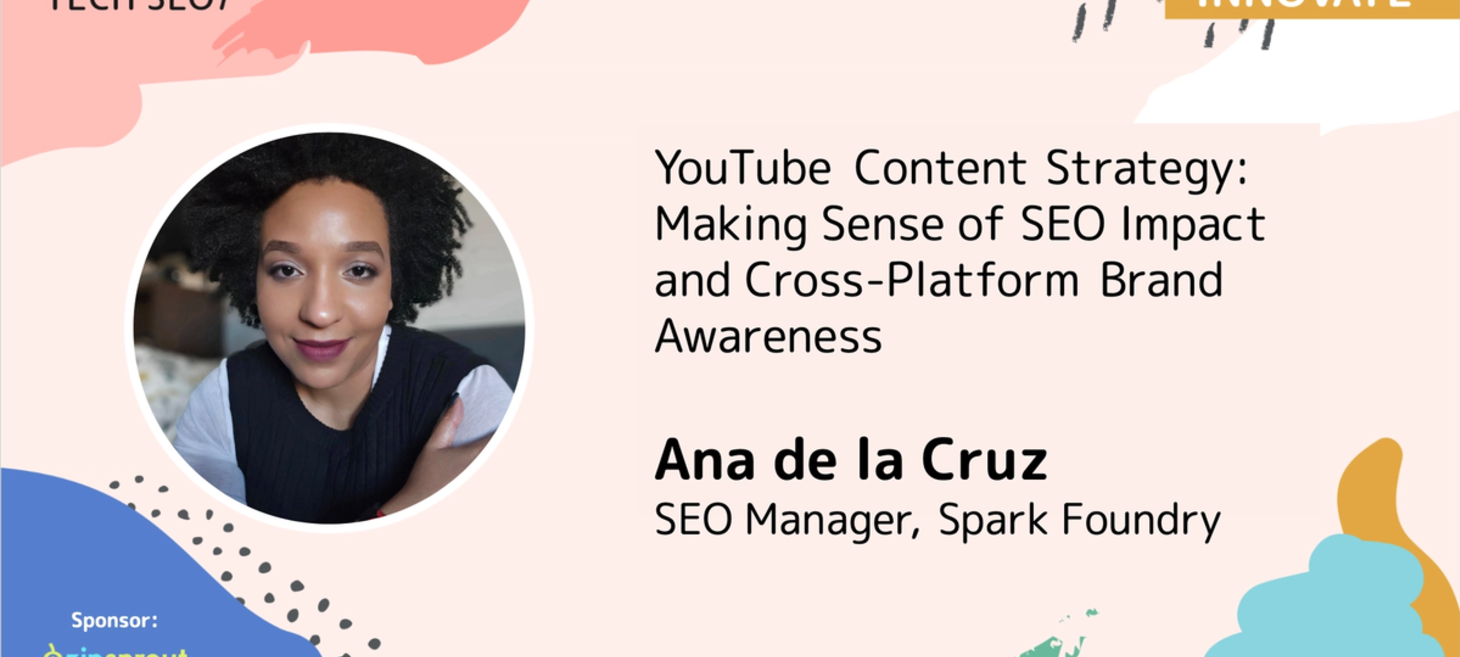
YouTube Content Strategy: Making Sense of SEO Impact and Cross-Platform Brand Awareness
In today’s content-driven world, YouTube continues to dominate as a platform where audiences don’t just consume content, they connect with and trust creators. It’s not just a streaming giant, YouTube is a discovery engine and a brand-builder, seamlessly integrated into Google’s search ecosystem. With billions of monthly users, YouTube offers brands a unique opportunity to diversify their content strategy, and foster deeper connections with their audiences.
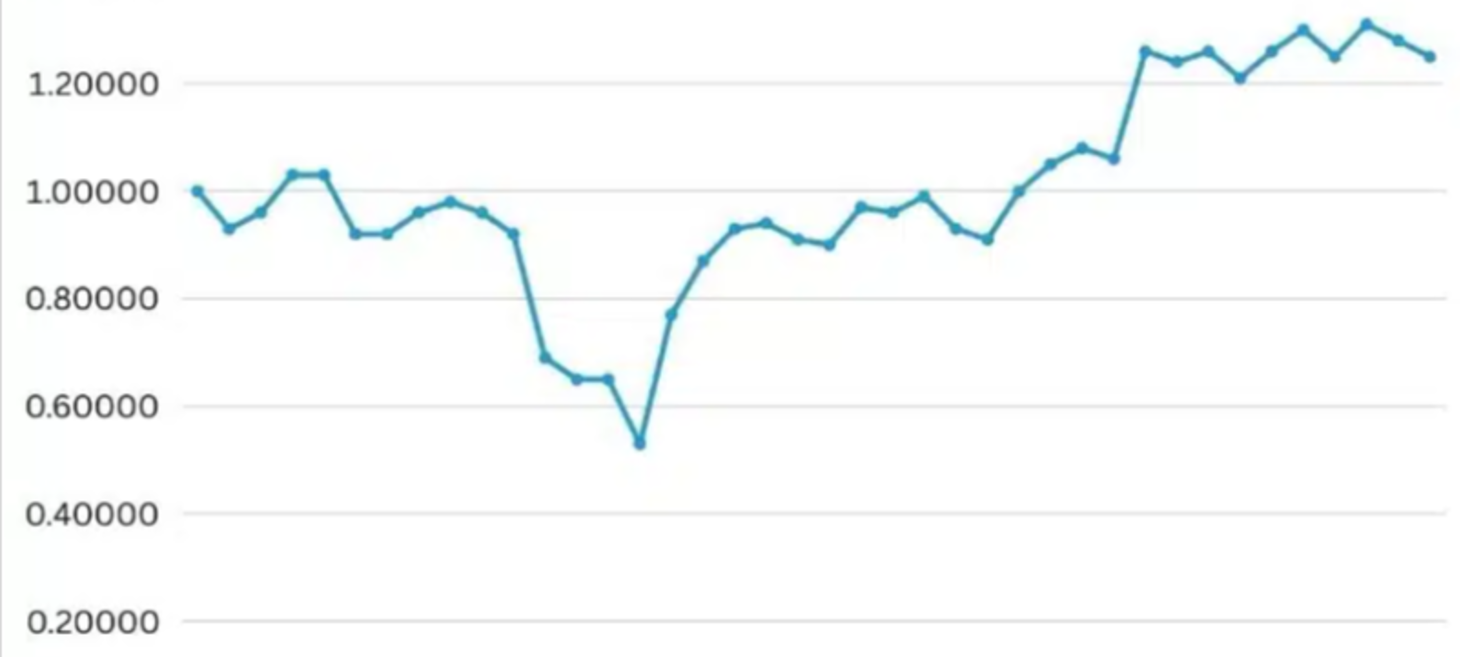
YouTube citations in Google AI Overviews surge 25%
Google AI Overviews more often cite YouTube for Instructional content, visual demonstrations, verification/examples, and current events.
YouTube citations in Google AI Overviews grew 25.21% since Jan. 1 – and this surge was particularly seen in the healthcare industry, according to new data from enterprise SEO platform BrightEdge.
Semantic SEO
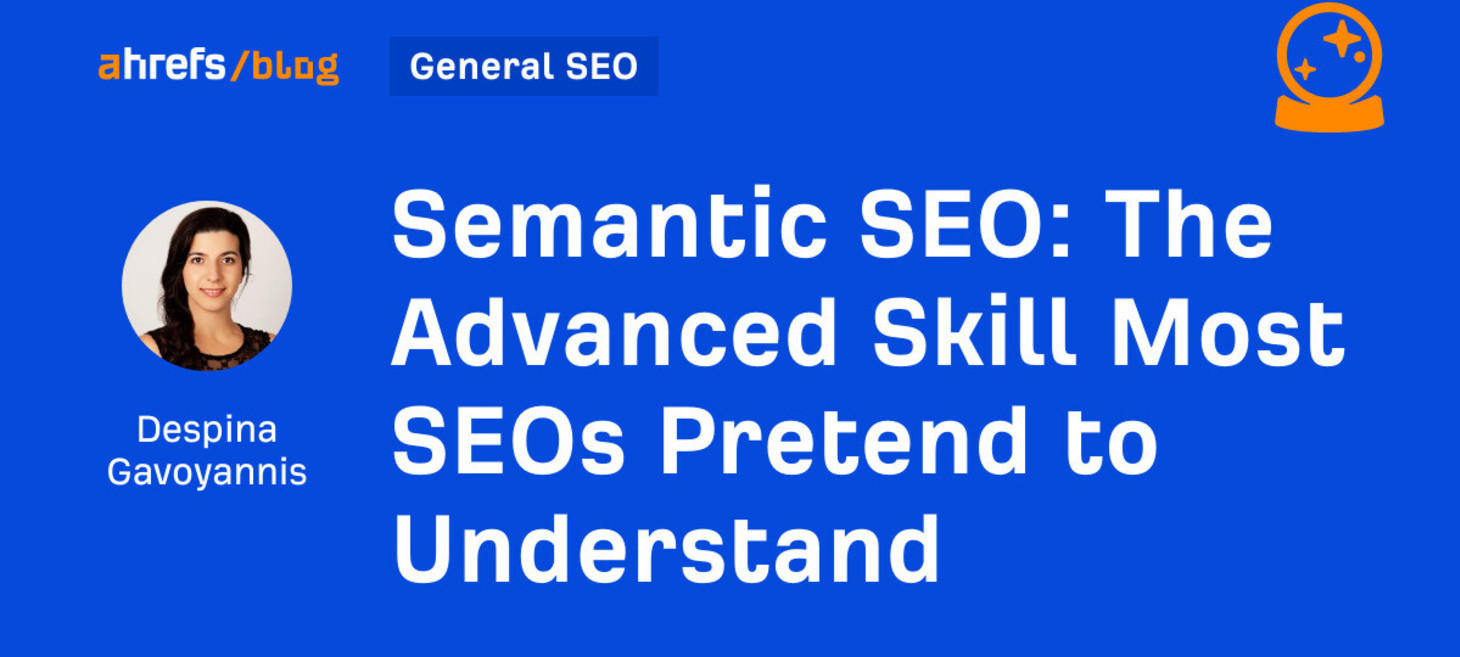
Semantic SEO: The Advanced Skill Most SEOs Pretend to Understand
Semantic SEO sounds complicated, but it simply boils down to doing SEO without cutting corners.
"If you do SEO properly, you’re automatically doing semantic SEO. It’s just that most people aren’t doing it properly… "

The shift to semantic SEO: What vectors mean for your strategy
It’s no longer groundbreaking to say that the SEO landscape is evolving. But this time, the shift is fundamental.
We’re entering an era where search is no longer just about keywords but understanding. At the core of this shift is vector-based SEO.
Optimizing for vectors gives websites a major advantage in search engines and overall web presence.
As AI and large language models (LLMs) continue to shape digital experiences, websites that adapt early will stay ahead of the competition.
Search Engine Advertising (PPC)
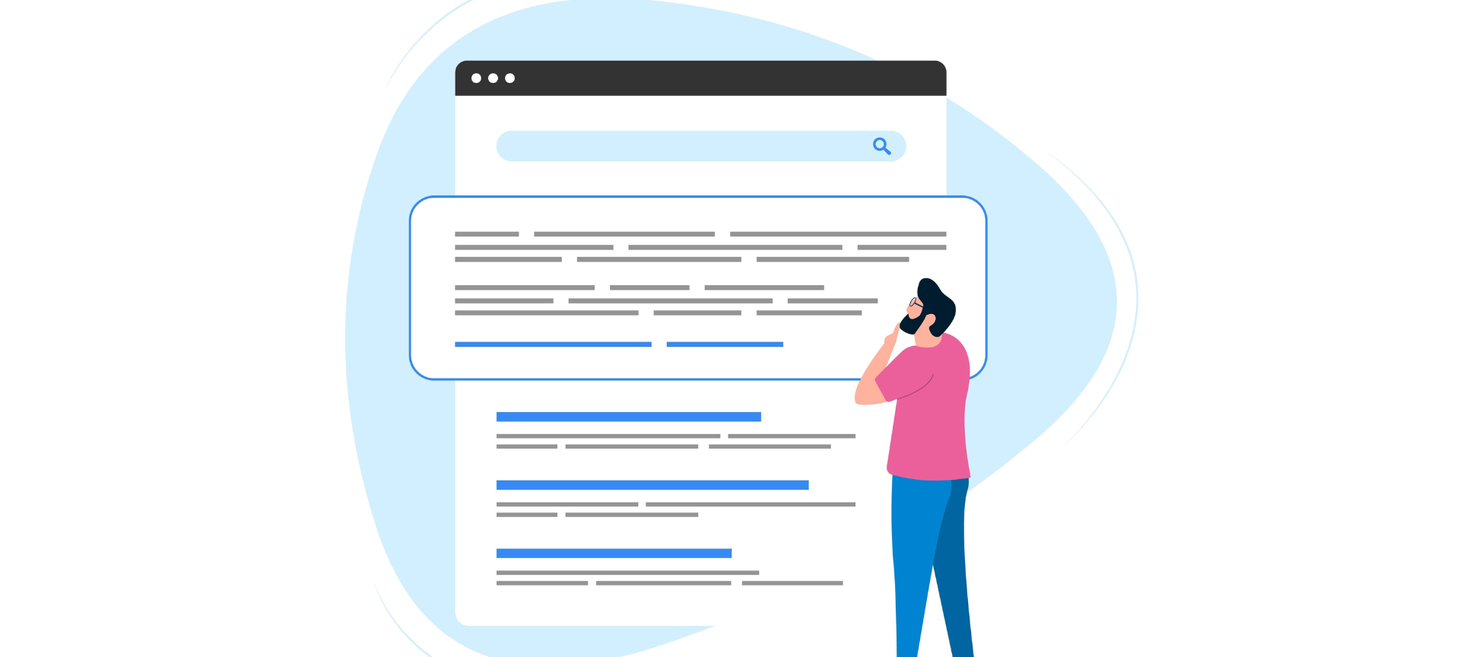
Strategic PPC moves to offset traffic loss from zero-click search
As zero-click search becomes the norm, organic traffic is eroding. Here's how paid media can bridge the gap.
How AI makes paid search audits faster and better
Paid search audits are essential. But let’s face it: they can be a beast to do.
It’s not just about understanding complex strategies; it’s about meticulously reviewing every setting, campaign, keyword, and ad, then translating all those details into actionable insights for stakeholders who may not be PPC experts.
Google Ads (Search Network)

Google Ads adds Zoho CRM integration for customer match and offline conversions
Google Ads added Zoho CRM as an official data source within its Data Manager, allowing advertisers to directly import customer and conversion data to power key campaign features. What’s new. Advertisers using Zoho CRM can now:
- Upload audiences for Customer Match targeting
- Import offline conversions to improve attribution
- Enable Enhanced Conversions for Leads to boost lead-based campaign accuracy
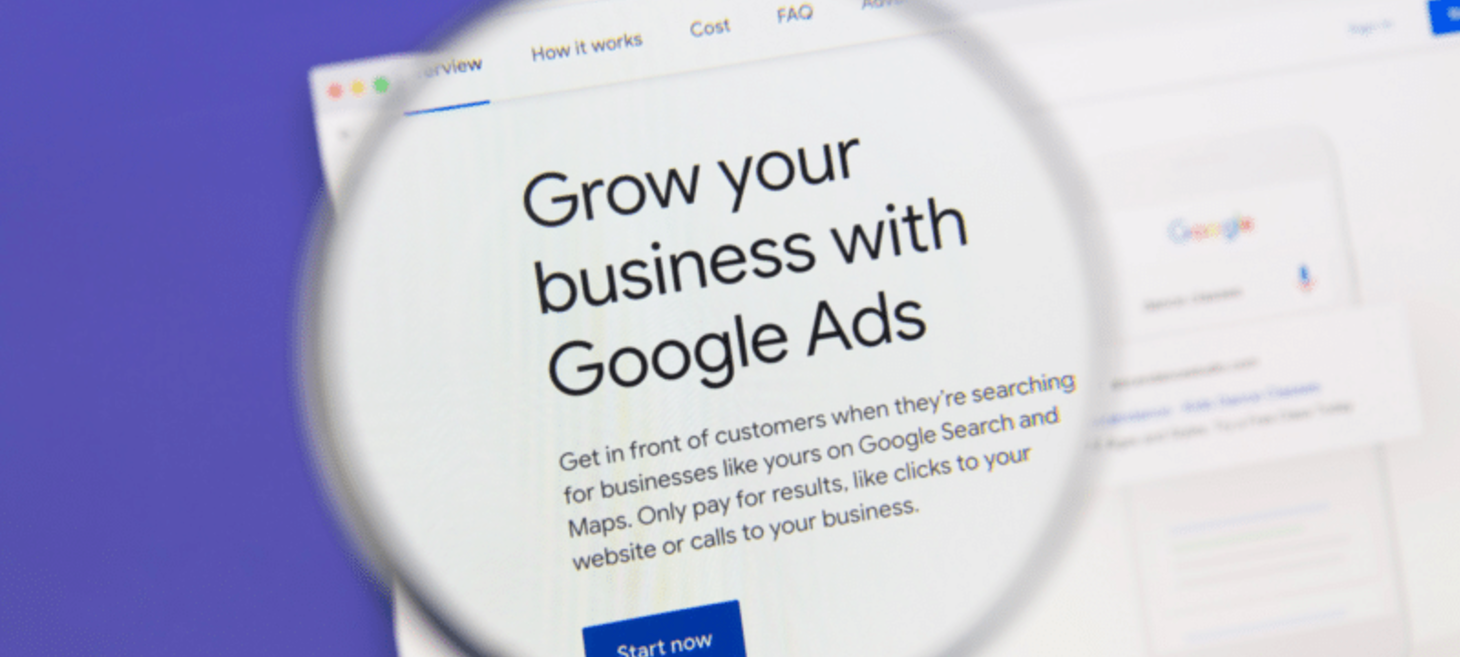
Google Ads rolls out “AI Max” search match type in Search Term report
AI Max now appears as a distinct search match type in reporting dashboards, giving marketers a new layer of visibility into performance data that previously lived in a black box.
How to find it. Users with AI Max-enabled campaigns can now segment their Keywords tab by “Search terms match type” to view performance specifically attributed to AI Max. That data includes critical metrics like ROAS, CPA, CPC, and revenue.
YouTube Ads

YouTube Adds New Viewer Metrics To Track Audience Loyalty
YouTube is rolling out a new audience analytics feature that replaces the “returning viewers” metric with more detailed viewer categories.
The update introduces three viewer types: new, casual, and regular. This is designed to help creators better understand who’s engaging with their content and how often.
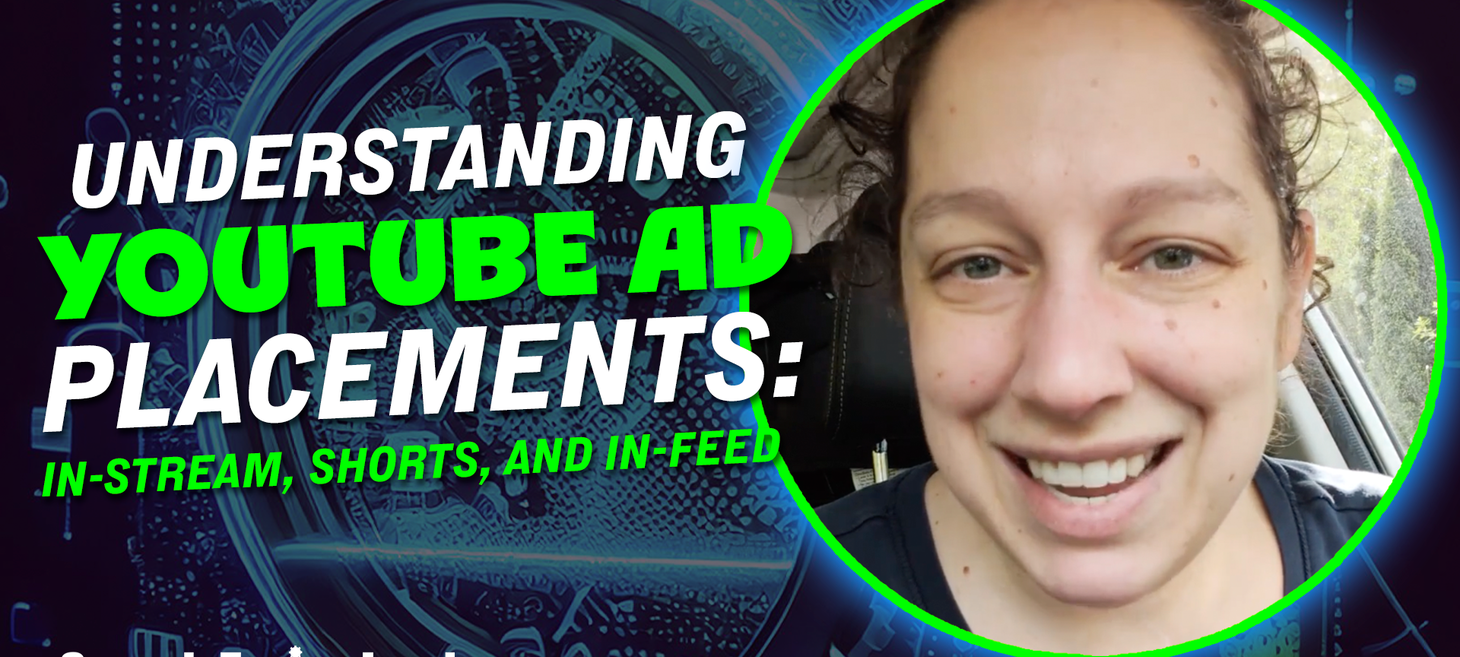
YouTube Ad Placements explained: In-Stream, Shorts, and In-Feed
If you’re running video ads on YouTube, you know there are a lot of factors to consider.
But one of the most crucial elements is often overlooked: where your ads actually show up.
This article explores the different kinds of video ad placements in Google Ads, helping you distinguish between them and understand how each one impacts your campaign performance.
Performance Max Campaigns
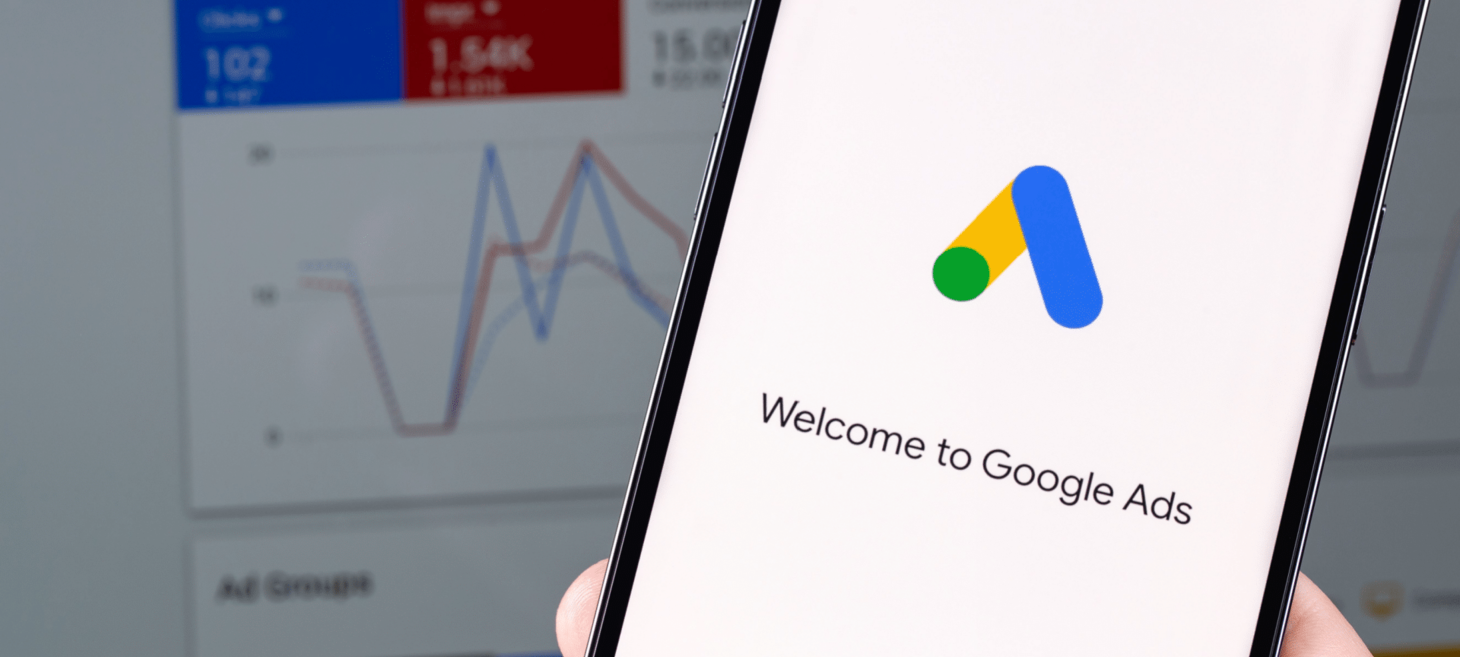
Google Performance Max: Everything you need to know
Even the most old-school PPC managers can’t deny it anymore: Performance Max is capable of amazing things.
It does require a certain level of setup (like good-quality data inputs) and a different mindset than Search and Shopping, but it’s no longer the struggling tech we knew from the beta four years ago.
Google Ads rolls out new Performance Max image optimization features
Google Ads is introducing new user interface (UI)-only image optimization features, spotted last week, aimed at enhancing Performance Max campaigns, marking a shift in how advertisers can manage visual assets for better ad performance.
Demand Gen Ads
Google Demand Gen get new conversion tracking columns
Google is rolling out new conversion tracking columns for Demand Gen campaigns, giving advertisers a more nuanced view of social-style performance tracking. Details.
- 100% attribution to last Demand Gen touchpoint.
- Available at campaign and ad group levels.
- Specifically designed for platform-to-platform comparisons.
Google Ads API v19.1 adds new Demand Gen, video campaigns features
Google announced the release of version 19.1 of its Google Ads API, focusing on expanding capabilities for Demand Generation, video campaigns, and Local Services Ads.
Tools & Testing

LLM Visibility Tools: Do SEOs Agree On How To Use Them?
A discussion on LinkedIn about LLM visibility and the tools for tracking it explored how SEOs are approaching optimization for LLM-based search. The answers provided suggest that tools for LLM-focused SEO are gaining maturity, though there is some disagreement about what exactly should be tracked.

8 Free AI Writing Tools To Speed Up Your Content Creation Process
Many marketers wake up each day with two fears sitting paradoxically, side by side:
- Will AI replace me?
- How can I use AI to become irreplaceable?
While unsettling, it highlights a key truth: AI isn't a threat but a powerful ally to amplify creativity and efficiency.
In this article, I’ll show you 8 free AI writing tools to improve your content creation process. You’ll also learn how to pair each tool with the right task to create ROI content faster.
Privacy & Security
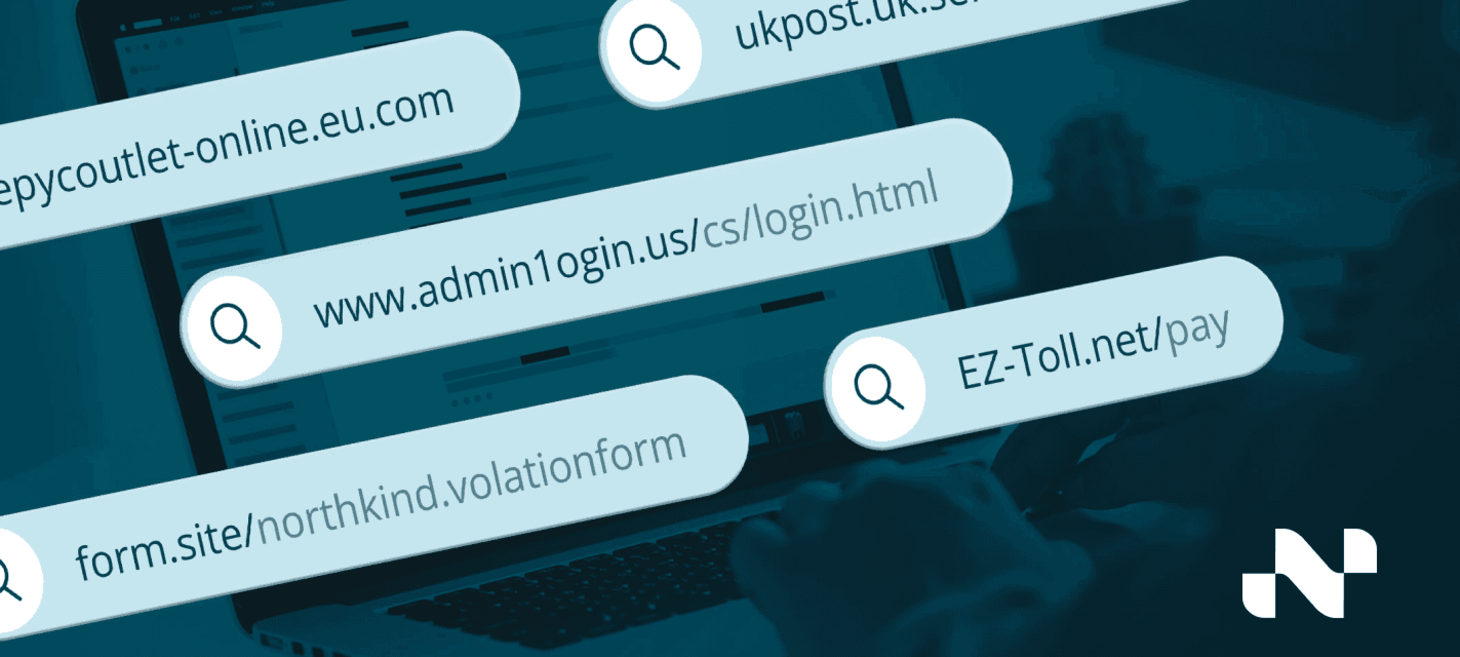
Large Language Models (LLMs) Are Falling for Phishing Scams: What Happens When AI Gives You the Wrong URL?
When Netcraft researchers asked a large language model where to log into various well-known platforms, the results were surprisingly dangerous. Of 131 hostnames provided in response to natural language queries for 50 brands, 34% of them were not controlled by the brands at all.
Two-thirds of the time, the model returned the correct URL. But in the remaining third, the results broke down like this: nearly 30% of the domains were unregistered, parked, or otherwise inactive, leaving them open to takeover. Another 5% pointed users to completely unrelated businesses. In other words, more than one in three users could be sent to a site the brand doesn’t own, just by asking a chatbot where to log in.

It’s 2025 — Why Haven’t We Solved Phishing Yet?!
Phishing attacks remain one of the biggest security threats facing organizations in 2025. Despite the fact that we’ve been dealing with phishing for decades, it continues to be a leading cause of security breaches and one of the main go-to’s for attackers.
On the face of it, we’ve got more security controls than ever before that are designed to stop phishing attacks. We often hear things like:
- “All our users login via SSO and all accounts have MFA”
- “Our phishing simulations show click rates going down and report rates going up”
- “We’ve got [insert email security solution] and we’re doing network-level analysis”
So how come phishing attacks are still so successful?
SERP Features
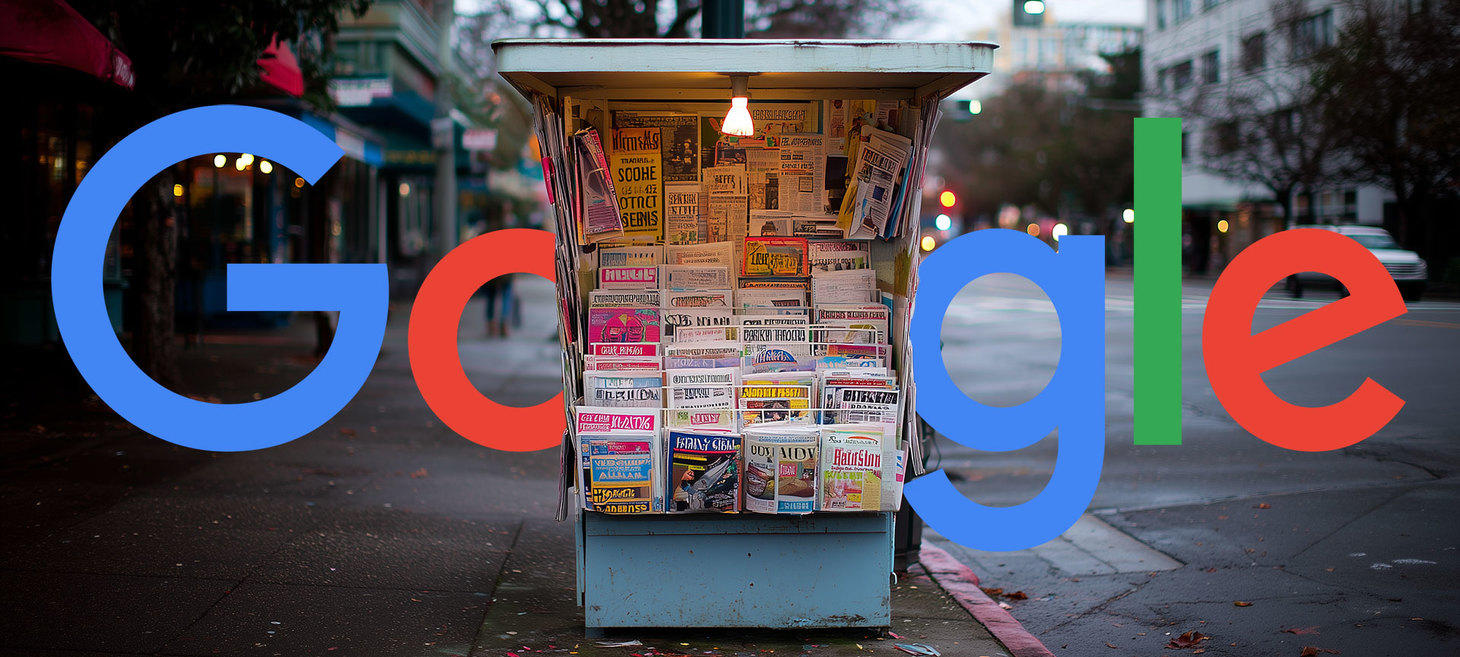
Google Search tests "Preferred Sources" for Top Stories
Google has a new feature it is testing named “Preferred Sources.” This feature lets you star sources within the Top Stories section of Google Search, and then Google will use that information to show more stories from that starred source.
So if you like this site and star it, Google will show more content from this site in your Top Stories section of Google Search.

Are Featured Snippets Losing Their Feature? How To Track Featured Snippet prevalence over time (as AI overviews take over)
I’ve noticed a trend across a number of sites where the prevalence of featured snippets is dropping over time while AI overviews replace them. And that can obviously lead to a decrease in traffic since click-through rate from AI overviews is inherently going to be lower, and sometimes a lot lower. I haven’t seen this for every vertical, but it does seem that featured snippets are dropping for a number of them as AIOs surge. Below, I’ll cover how to check the prevalence of featured snippets for your site and niche over time to see how bad of a situation this is for your site.
Ranking & Generation
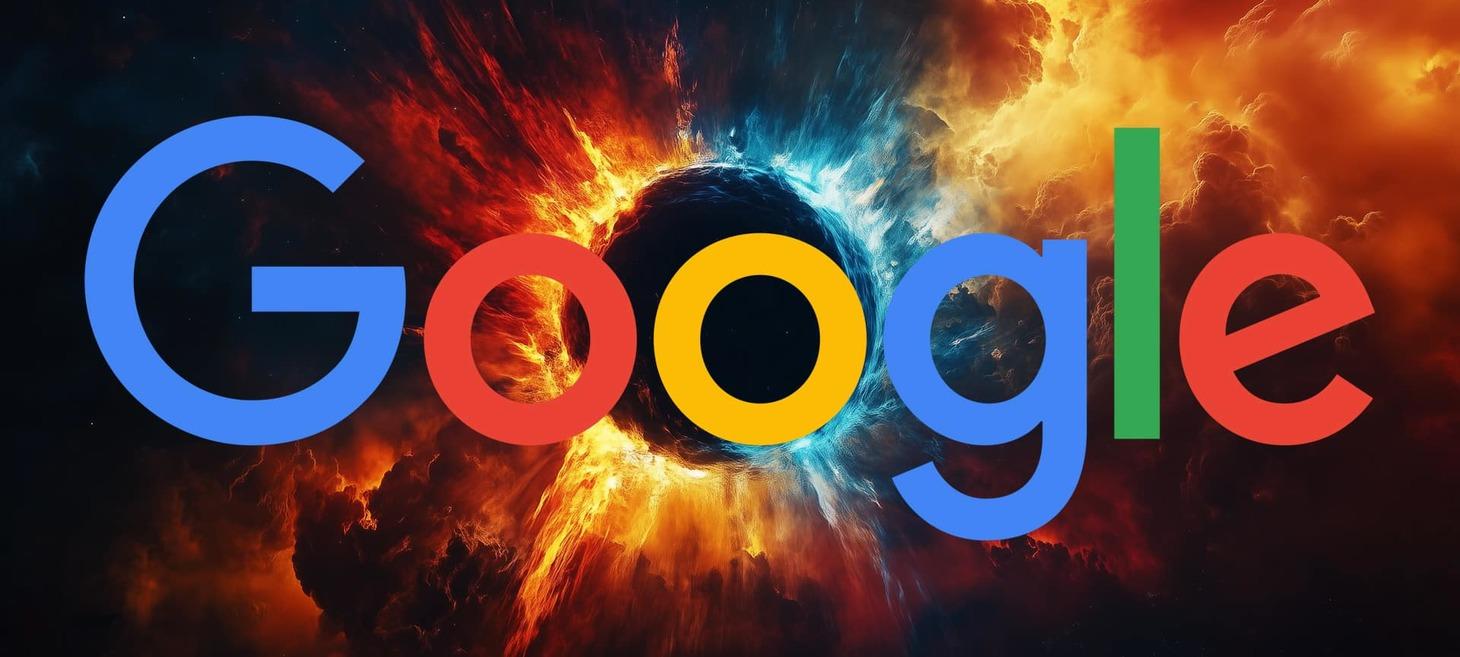
Google June 2025 core update rolling out now
Google today released the June 2025 core update. Google said this core update “The rollout may take up to 3 weeks to complete.”
Google also wrote: “Today we released the June 2025 core update. We’ll update our ranking release history page when the rollout is complete.”

Study: Google AI Mode Shows 91% URL Change Across Repeat Searches
A new study analyzing 10,000 keywords reveals that Google’s AI Mode delivers inconsistent results.
The research also shows minimal overlap between AI Mode sources and traditional organic search rankings.
Published by SE Ranking, the study examines how AI Mode performs in comparison to Google’s AI Overviews and the top 10 organic search results.
“The average overlap of exact URLs between the three datasets was just 9.2%,” the study notes, illustrating the volatility.
Thought Pieces
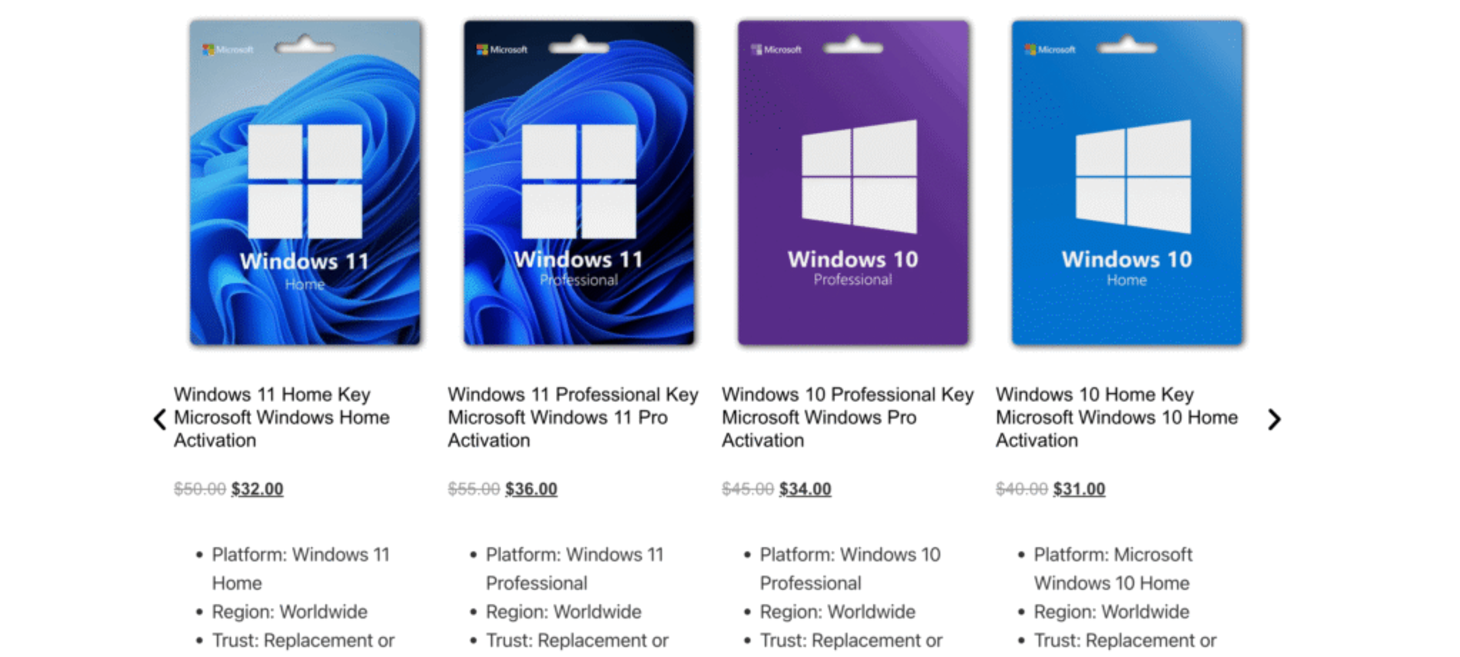
The Sketchy $9 Windows Key Empire That’s Gaming Google
Lars Lofgren followed the rabbit hole of sketchy windows key resellers to see how traditional and AI search platforms recognise and manage this "gray-market."
A good read for understanding how spammers are cheating the system in 2025.

The Rise of AI Search Does Not Mean 'SEO is Dead'
The narrative that "SEO no longer matters" or "SEO is dead" because "GEO / AEO is the hot new thing" is some of the most inaccurate and irresponsible framing I've seen in my 15+ years in this industry.
And I'm seeing way too many people getting fooled by what is essentially AI snake oil from people using fear-mongering to try to sell products.
